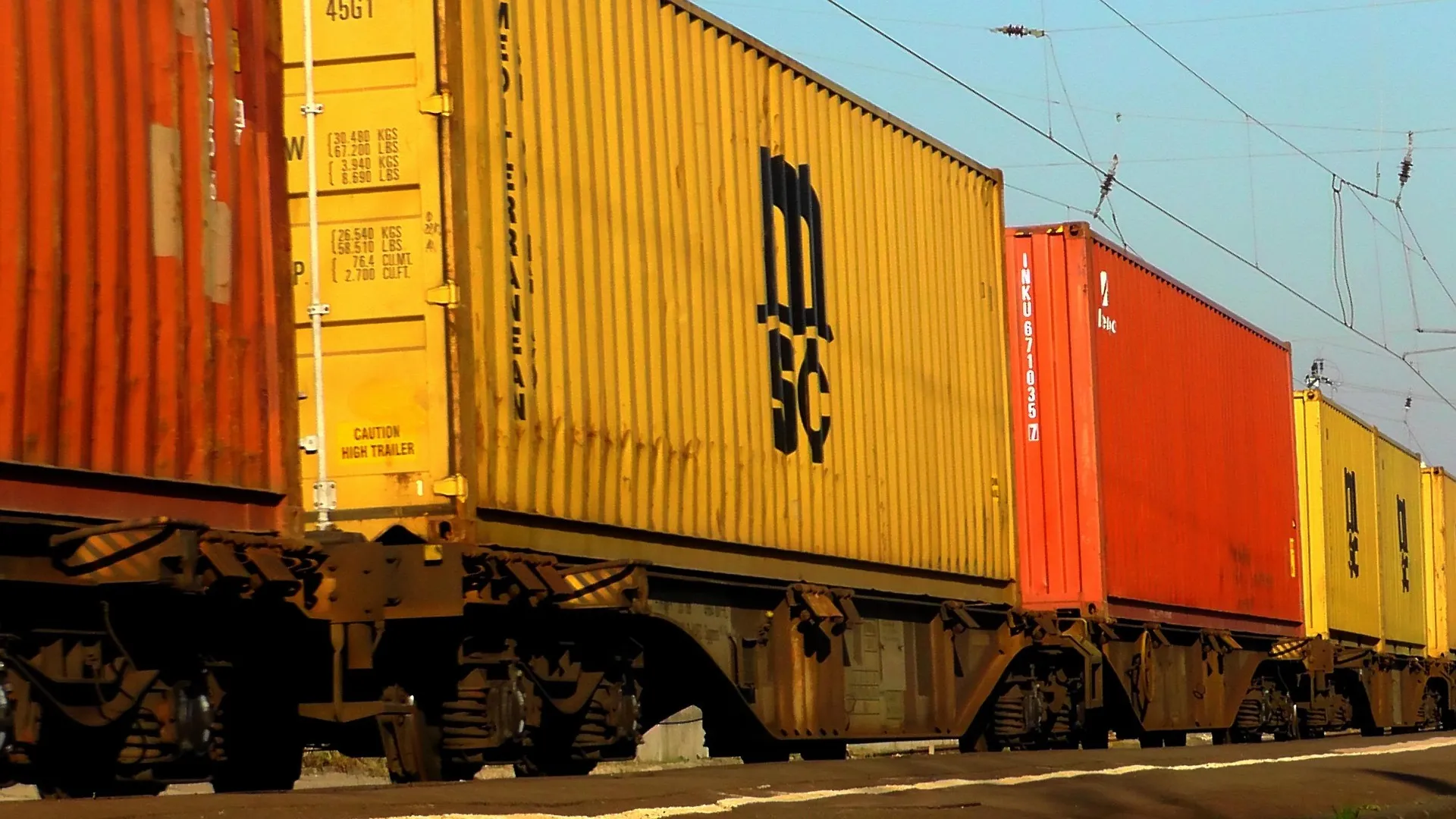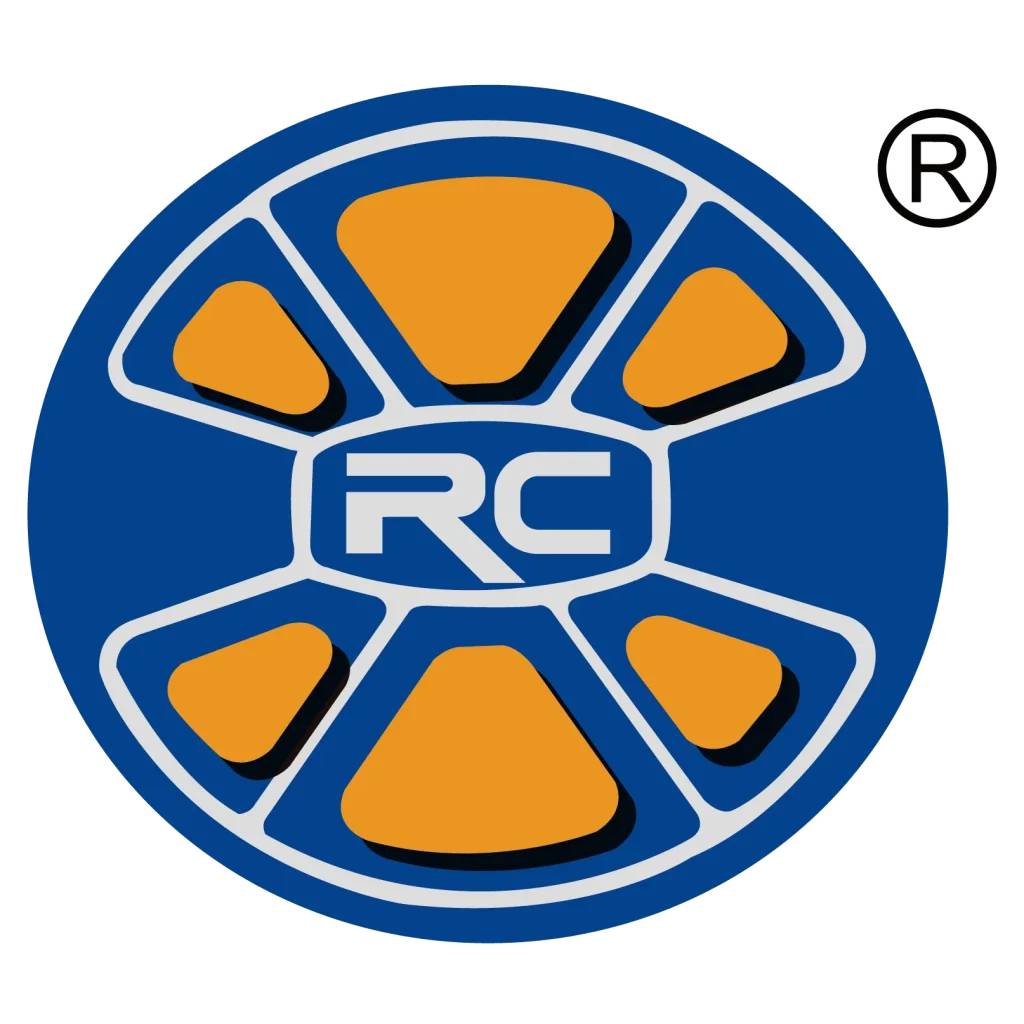Leveraging 10 years of online service experience, Ruichi flexibly combines transportation methods based on its own product characteristics and customer needs. Through abundant and reliable freight forwarder resources and comprehensive logistics planning, we achieve the goals of controllable costs, guaranteed timeliness, cargo safety, and customer satisfaction.
Transport Scheme Service

Air transportation:
Air freight boasts advantages such as leading timeliness, extensive network coverage, high cargo safety, and efficient customs clearance. It mainly includes the following core forms, covering different cargo requirements and transportation scenarios:
Air Express core features: “Door-to-door” expedited service throughout the entire process. Integrated with air transportation and ground delivery by courier companies (e.g., FedEx, DHL, SF Airlines), it offers the fastest timeliness. Applicable scenarios: Urgent documents, high-value small items, and emergency supplies, emphasizing one-stop service with “speed + door-to-door delivery”.
Air Cargo core features: Providing shippers with a full range of services including booking, customs declaration, warehousing, and transshipment. Applicable scenarios: The preferred choice for small and medium-sized enterprises (SMEs), as it simplifies transportation processes and addresses complex logistics links (such as cross-border customs clearance).

Sea transportation:
Sea freight offers advantages such as controllable costs, large shipping capacity, strong transportation stability, and high cargo adaptability. It mainly includes the following core forms, which are highly practical and suitable for different cargo volumes, timeliness requirements, and transportation scenarios:
Full Container Load (FCL) core features: The shipper exclusively occupies an entire container (commonly 20ft or 40ft containers). The container is either fully loaded with the shipper’s goods or exclusively used by them, with no unpacking during transportation.Applicable scenarios: Large cargo volumes (usually ≥15 cubic meters), such as bulk factory goods, commodities, and e-commerce bulk stockpiling. Advantages include high safety, cost-effective sharing, and relatively stable timeliness.
Less than Container Load (LCL) core features: Bulk goods from multiple shippers are consolidated into one container. Freight costs are shared based on cargo volume/weight, with freight forwarders handling unified booking, unpacking, and delivery.Applicable scenarios: Small cargo volumes (<15 cubic meters), such as samples for small and medium-sized businesses, small-batch orders, and personal large items. It offers high cost-effectiveness without the need to bear full container fees.
Sea Freight Express/Liner Service core features: Freight forwarders integrate sea transportation, customs clearance, and last-mile delivery resources to provide “door-to-door” one-stop service. Its timeliness is faster than regular liner shipping (some dedicated services can shorten the time by 1-3 weeks).

Land transportation:
International road freight transport is the core form of cross-border land transportation, featuring flexibility, direct delivery, and strong connectivity. It is suitable for adjacent countries/regions or multimodal transport transshipment, with the following common types:
International Full Truck Load (FTL) core features: The truck delivers directly to the destination throughout the journey, carrying goods from only one shipper without consolidation or minimal transshipment. The customs clearance process is more convenient (declared as a full truck load). Applicable scenarios: Short-distance cross-border transport between adjacent countries (e.g., China-Vietnam, China-Mongolia, and neighboring countries along the China-Europe border), and bulk goods (such as whole batches of building materials, industrial parts, and agricultural products) that require “fast direct delivery + cargo safety”.
Multimodal Transport Connection Service core features: As the “first and last mile connection” link, road transport cooperates with sea or railway transport to complete cross-border shipping (e.g., “Sea + Cross-border Road”: Truck delivery from the port to inland neighboring countries after container pickup; “China-Europe Railway Express + Road”: Road distribution from European stations after container pickup). Applicable scenarios: Long-distance cross-border transport and multimodal transport of bulk goods.

Railway transportation:
Advantages of international railway freight transport: moderate cost, stable timeliness, and large shipping capacity. It mainly includes 4 core forms to meet different transportation needs, as detailed below:
Full Truck Load by Rail (FTL by Rail) core features: Sufficient cargo volume (usually filling one or more railcars), exclusively used by a single shipper, with direct delivery or minimal transshipment.Applicable scenarios: Bulk goods with low value but large shipment volume, where transportation efficiency and cost control are prioritized.
Less than Container Load by Rail (LCL by Rail) core features: Small cargo volume that is insufficient to fill an entire railcar, transported by consolidating with goods from other shippers in the same railcar.Applicable scenarios: Flexible for small and medium-batch goods; shipment is possible without filling an entire railcar, making it suitable for small and medium-sized enterprises (SMEs).
Containerized Railway Transport core features: Using standard containers (20GP, 40GP, 40HQ, etc.) as transportation units, enabling seamless connection of multimodal transport such as “rail + sea” and “rail + road”.Applicable scenarios: Most international trade goods; featuring high safety and convenient customs clearance, it is currently the mainstream form of international railway freight transport.
International Railway Through Transport core features: Crossing the borders of two or more countries, operating in accordance with unified through transport rules (e.g., the Agreement on International Railway Transport of Goods), with a single waybill covering the entire journey.Applicable scenarios: Long-distance cross-border transport (e.g., China to Europe, Central Asia, Southeast Asia); no need for repeated customs declaration or cargo transloading at borders, saving time and labor.
